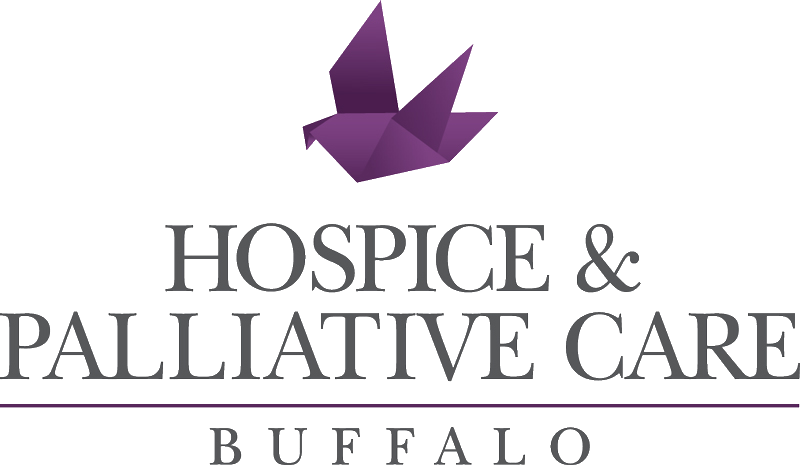DR. CHRIS W. H. KERR Local doctor is a global advocate for better care
By Maria Scrivani

Take off the stethoscope.
That is the dictum Dr. Chris Kerr proffers fellow physicians, based on nearly a quarter century working at Hospice & Palliative Care Buffalo, where he’s served as Chief Executive Officer & President for the past seven years. At the end stages of life, when too often a patient might hear there is nothing more to be done, Kerr advises medical personnel to be more present. “Instead of divesting from the patient, double down,” he says. “Be more attentive, honoring what you’re now observing, not just what you’ve seen as a clinician.”
Easier said than done, considering medical training to fix things, a lot of “spot-welding,” organ by organ, as Kerr says he learned in med school. When he went to work at Hospice, his eyes were opened to a more human way to approach death, which is, paradoxical as it may seem, the final stage of life. Kerr’s work in this arena has led to global advocacy for death with dignity, interviews on news programs and podcasts, articles by and about him in major publications, his research featured in films, and a book with Carine Mardorossian, PhD, Death is But a Dream: Finding Hope and Meaning at Life’s End that has been published in nine languages.
The book details learning at Hospice what you didn’t at med school. Has that situation improved?
We’ve gotten worse. Our system of healthcare delivery arcs away from care in its totality. There is a lot of ‘spot-welding’—but the dying process is a lot more than organ failure, and we are reclaiming it differently. As I say in my book, it has become easier to live longer but harder to die well. The data is clear that people don’t want a medicalized end of life. It is phenomenally expensive, and you don’t get better outcomes. More medicine does not equate to better end-of-life care. We have institutionalized abandonment unknowingly. Saying there is nothing more we can do for you is really saying there is nothing more we can do to you. Doctors coming here for the first time, as I once did, have a hard time at first. We are allowed to practice and care for people with the time and attention they deserve. Our care isn’t about acts of doing, but being present.
You did a lot of research with colleagues on end-of-life dreams. Tell us about that.
These are not the disturbing hallucinations some patients may experience; we are talking about dreams that provide solace. Dying is an altered sleep state. It is an unusual vantage point that you have never lived before. People naturally reflect on relationships that are important to them. I had a ninety-five-year-old patient who lost his mother when he was a young boy. He had a very soothing dream where he heard her saying, “I love you.” He could smell her perfume. Many times, people on the edge of death dream of long-dead loved ones waiting for them. Talking about these dreams is a comfort; listening gives patients permission to experience that. How we as medical personnel can help patients in this transitory phase between life and death is by recognizing that our role extends beyond diagnosis and treatment. Our culture is ageist. We are taught to be healthcare consumers. We are death-denying. But there is more to dying than suffering, or the loss we feel as someone leaves us; it’s a much larger experience. And having been a patient myself recently, I’ve felt what it’s like to be processed—and cared for. I can tell you when you are treated well, it means the world.
Biggest lessons you’ve learned working at Hospice?
As a physician, if you are protected and given the space to practice medicine, you can give care that is better aligned to the wishes of the patient and their family. We have a utopic model here, unlike anything else. We take care of patients and families from multidisciplinary points. We may see a young mother in her last days, worrying about guardianship for her children. Or someone suffering existentially, wrestling with their faith. We are allowed to practice medicine and care for people with the time and attention they deserve, without distraction. Dignified death is possible. I don’t think we should superimpose closure on a death. Sometimes providing a presence, and saying nothing, is the way to dignify death. There is a lot to be learned from caregiving. So many [say] caring for the dying is the best—and hardest—thing they’ve ever done. And though grief is a long, sad song, I end up always in a hopeful place. Someone we’ve lost may no longer be here physically, but who they were to us seems to persist. Their love is undeniable, whether they’ve been gone five days or five decades.
